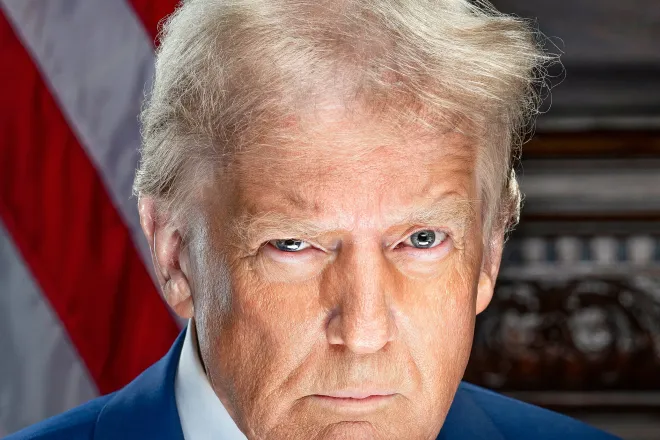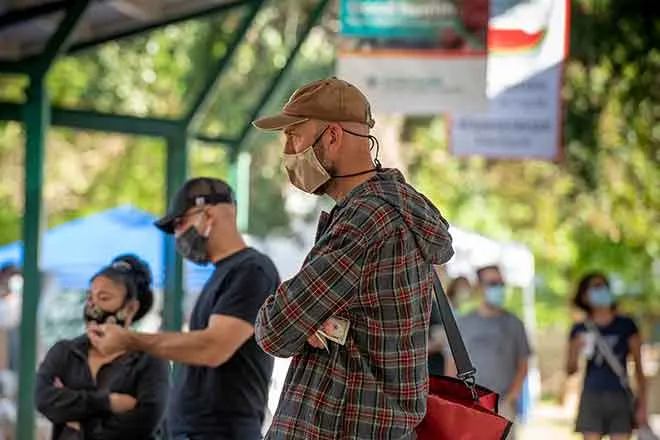
Don't listen to this next report unless you want to hear the unexpurgated truth about Thanksgiving. Gary Crawford has the hard-hitting story.
PARTICIPANTS: Gary Crawford and USDA historical expert, Anne Effland.
Transcript
Yes, it's that time again, as Winnie the Pooh says, "Hooray, hooray, today is the day to give thanks for giving and give thanks away."
But of course, Pooh's friend Rabbit knows all about Thanksgiving, so please explain it to us.
You see, Thanksgiving is about tradition and custom, habit and routine, defined and refined over many long years.
Oh, it's about grand dinners.
Yes, yes, and it's also about that traditional Dallas football game.
And in fact, at that first so-called Thanksgiving in this country with the Pilgrims and Indians...
There were contests and races and other kinds of things, so in addition to the food, there was also a tradition of athletic events, I guess you could say, if you want to draw this together to the football tradition.
That's Ann Effland.
She's a historical expert with the U.S. Department of Agriculture.
Now, I used to think I knew everything about Thanksgiving, just like Rabbit, until I met Ann.
Now, most of us know that the Pilgrims landed at Plymouth Rock in 1620.
And by 1621, they had a harvest to celebrate, but only because of the nearby Indians, the Wampanoags.
Now, that's fairly common knowledge, but I did not know and had often wondered how the Pilgrims and Indians had been able to communicate.
Well, Ann says it turns out that, yes, you had the Indian tribe there...
Who happened to have a couple of tribe members who had been to England and knew English and befriended them.
A colossal coincidence that probably saved the Pilgrims from being wiped out that first winter.
So, you've got the Native Americans lending a vital helping hand to the Pilgrims.
So, they were taught to plant corn and squash and pumpkins.
So, that first celebration, when they had been able to grow enough, they knew they would have enough for the winter.
They invited the nearby Indians, who had been so important to their planting, to join in a celebration of the harvest.
However, at that first Thanksgiving, there's no direct evidence that they actually ate turkey.
At that celebration, one Pilgrim did keep a journal that says...
They had gone out to shoot wild fowl.
So, it's not absolutely certain that they had turkey, but they certainly might have.
One other misconception many of us have is that from that day on, we celebrated a yearly Thanksgiving Day in this country.
And Anne Eflin says, no, not at all.
It was an on and off thing, mostly off, done at various times in different regions.
And finally, some 200 years after that first celebration...
There had been a movement led by a woman, Sarah Josepha Hale, who was the editor of a popular ladies' magazine, who was leading a movement for a national holiday.
And finally, Mrs.
Hale's 40-year campaign bore fruit, and Abraham Lincoln, in 1863, declared the last Thursday in November as a national Thanksgiving Day, a celebration of home, hearth, and food, and of course, we later added...
Football, of course.
And for all of it, we are thankful.
Right, Pooh?
Hooray, hooray, today...
In Washington, Gary Crawford reporting for the U.S. Department of Agriculture.
Thanks for Thanksgiving, it's Thanksgiving Day.








